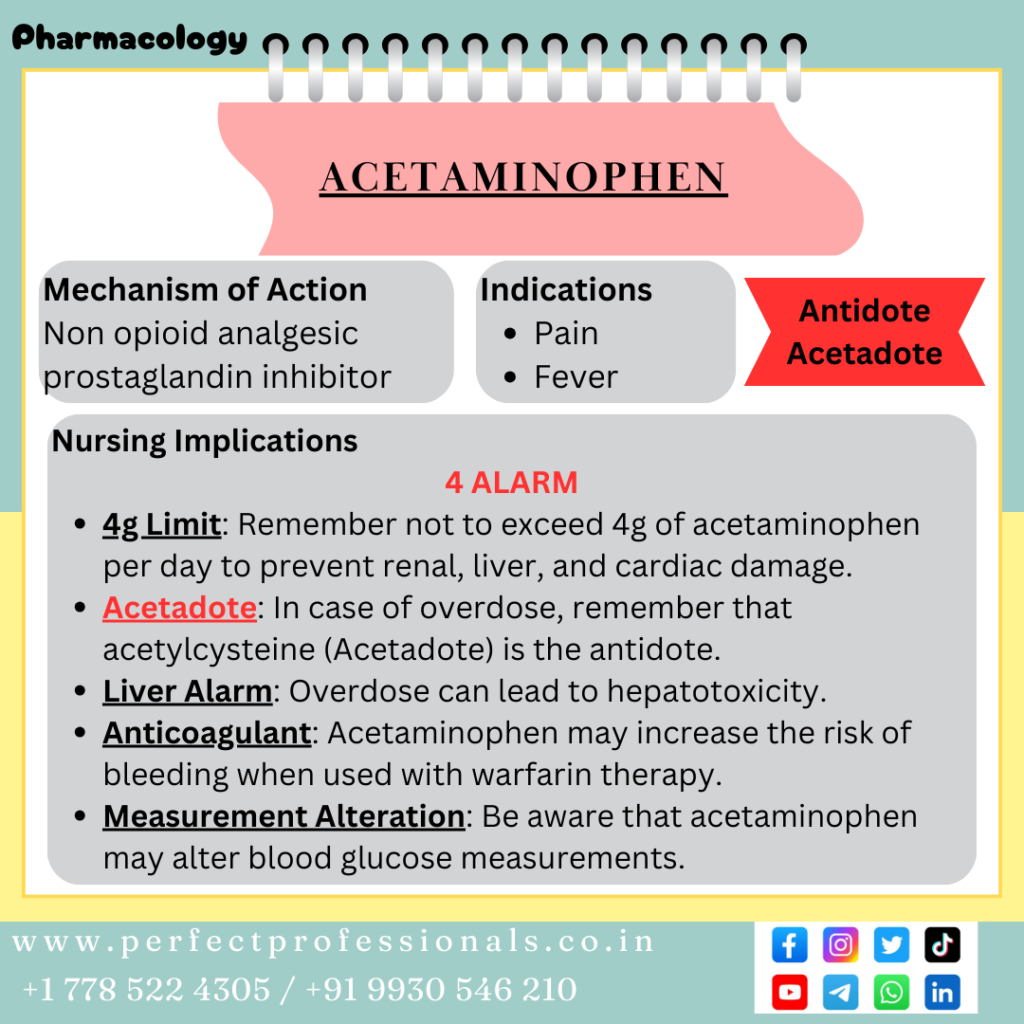A client comes to the emergency department with crushing, substernal chest pain. Temperature is 98.6 F (37 C), blood pressure is 173/84 mm Hg, pulse is 92/min, and respirations are 24/min. Oxygen saturation is 95% on room air. What is the nurse's next priority action?
It is very important to rapidly diagnose and treat the client with chest pain and potential myocardial infarction to preserve cardiac muscle.
Initial interventions in emergency management of chest pain are as follows:
- Assess airway, breathing, and circulation (ABCS)
- Position client upright unless contraindicated
- Apply oxygen, if the client is hypoxic
- Obtain baseline vital signs, including oxygen saturation Auscultate heart and lung sounds
- Obtain a 12-lead electrocardiogram (ECG)
- Insert 2-3 large-bore intravenous catheters Assess pain using the PQRST method
- Medicate for pain as prescribed (eg, nitroglycerin)
- Initiate continuous electrocardiogram (ECG) monitoring (cardiac monitor).
- Obtain baseline blood work (eg, cardiac markers, serum electrolytes)
- Obtain portable chest x-ray
- Assess for contraindications to antiplatelet and anticoagulant therapy
- Administer aspirin unless contraindicated
(Option 1) The defibrillator may be used if the 12-lead electrocardiogram (ECG) or cardiac monitoring shows a lethal and shockable rhythm, such as ventricular fibrillation; however, the 12-lead electrocardiogram (ECG) is priority.
(Option 2) Elevated cholesterol (lipids) are indicative of long-term lifestyle behaviors and eating habits; a fasting lipid panel needs to be checked within 24 to 48 hours in all clients with presenting coronary artery disease, but this is not an emergency.
(Option 4) Anticoagulation with heparin is indicated if the client's pain is determined to be due to acute coronary syndrome. There are many other causes of chest pain that do not require anticoagulation or may be contraindicated (eg, aortic dissection)
It is very important to rapidly diagnose and treat the client with chest pain and potential myocardial infarction to preserve cardiac muscle.
Initial interventions in emergency management of chest pain are as follows:
- Assess airway, breathing, and circulation (ABCS)
- Position client upright unless contraindicated
- Apply oxygen, if the client is hypoxic
- Obtain baseline vital signs, including oxygen saturation Auscultate heart and lung sounds
- Obtain a 12-lead electrocardiogram (ECG)
- Insert 2-3 large-bore intravenous catheters Assess pain using the PQRST method
- Medicate for pain as prescribed (eg, nitroglycerin)
- Initiate continuous electrocardiogram (ECG) monitoring (cardiac monitor).
- Obtain baseline blood work (eg, cardiac markers, serum electrolytes)
- Obtain portable chest x-ray
- Assess for contraindications to antiplatelet and anticoagulant therapy
- Administer aspirin unless contraindicated
(Option 1) The defibrillator may be used if the 12-lead electrocardiogram (ECG) or cardiac monitoring shows a lethal and shockable rhythm, such as ventricular fibrillation; however, the 12-lead electrocardiogram (ECG) is priority.
(Option 2) Elevated cholesterol (lipids) are indicative of long-term lifestyle behaviors and eating habits; a fasting lipid panel needs to be checked within 24 to 48 hours in all clients with presenting coronary artery disease, but this is not an emergency.
(Option 4) Anticoagulation with heparin is indicated if the client's pain is determined to be due to acute coronary syndrome. There are many other causes of chest pain that do not require anticoagulation or may be contraindicated (eg, aortic dissection)



This is my first time pay a quick visit at here and i am really happy to read everthing at one place